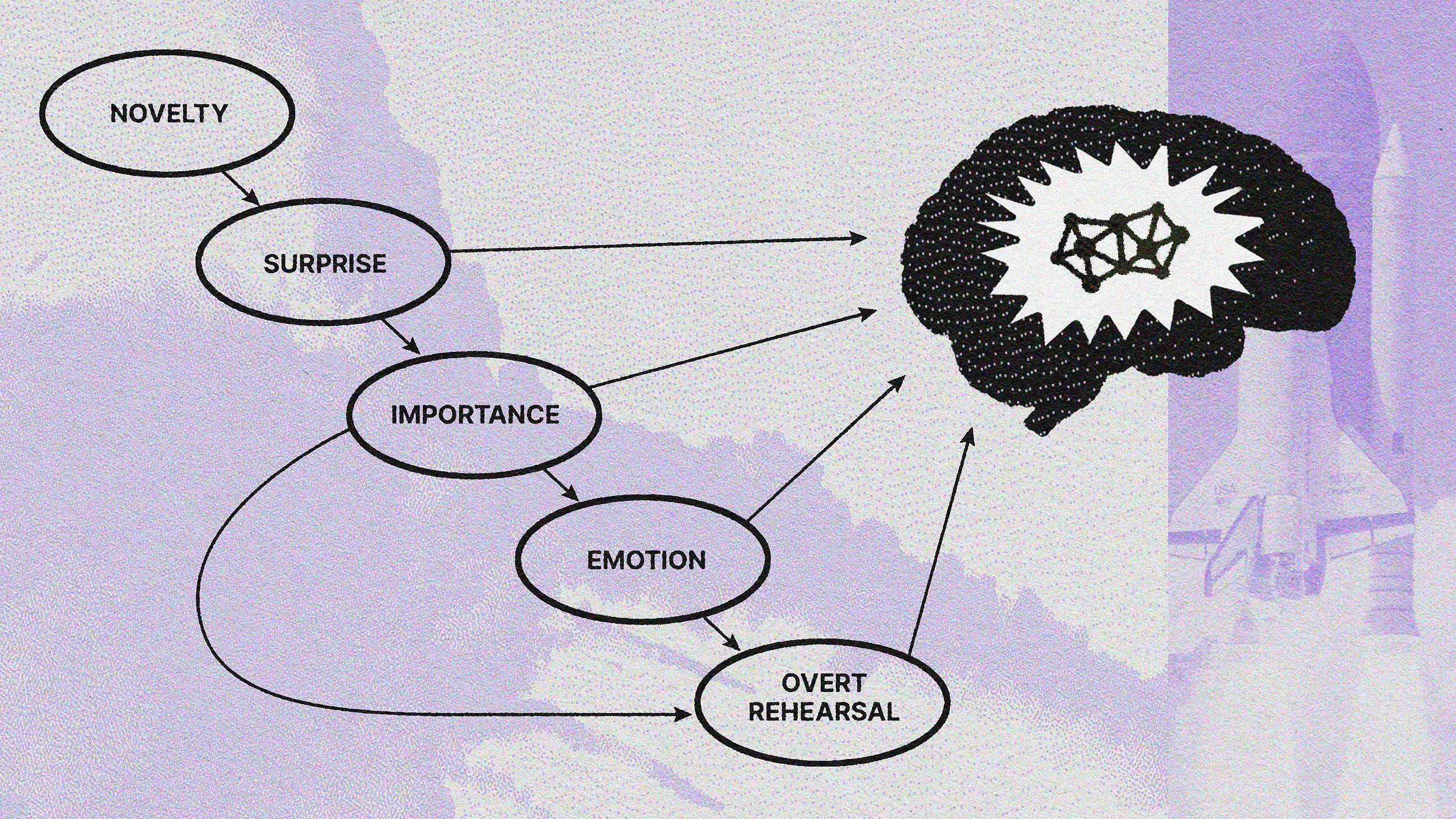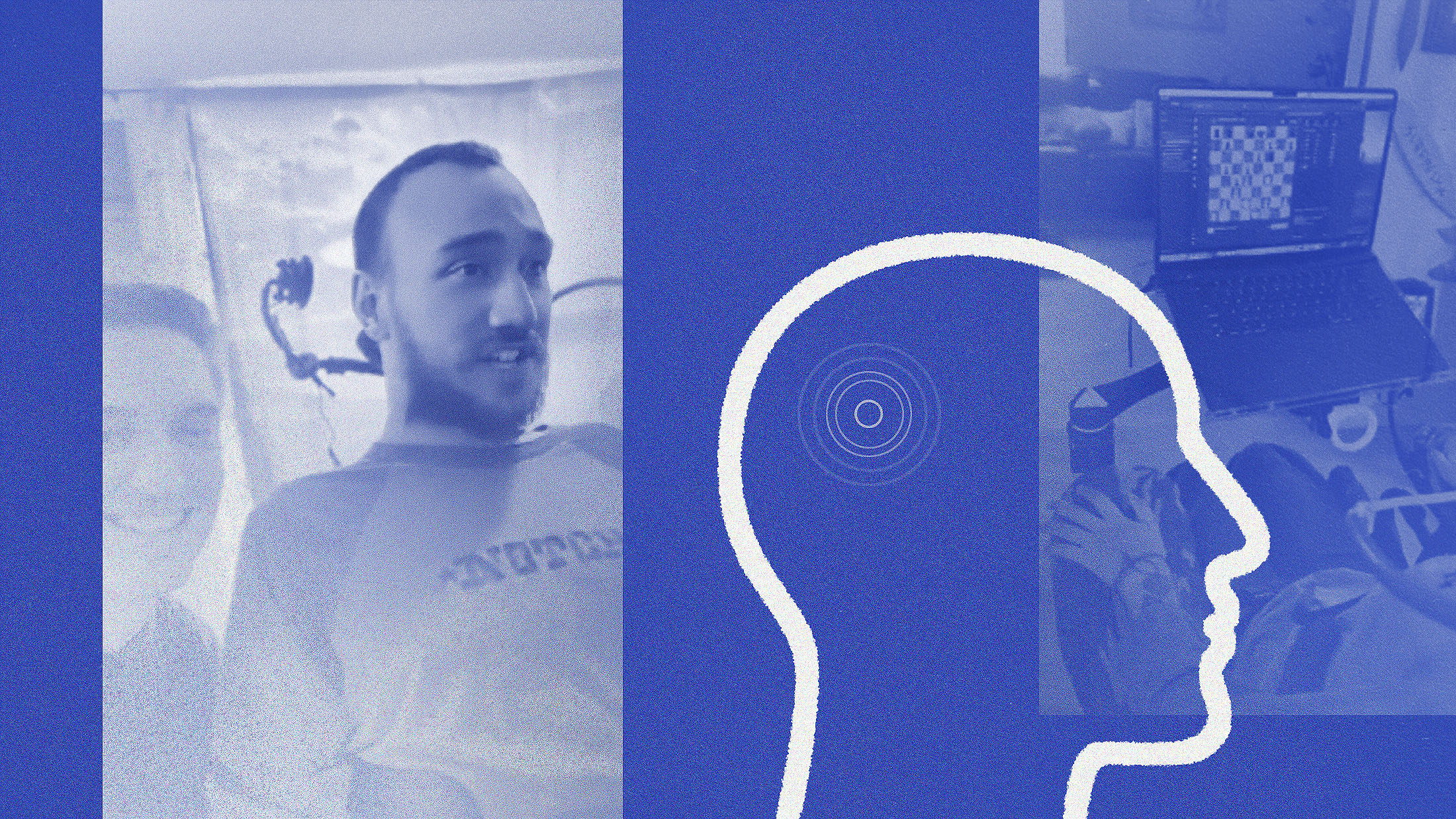As people age, they’re susceptible to two kinds of cognitive decline. One is Alzheimer’s disease, and the other is Age Related Memory Loss (ARML). These operate very differently, and while Alzheimer’s is still an urgent mystery for scientists to unlock, researchers have found that ARML can be prevented, and to some degree even reversed, says neuropsychiatrist Dr. Eric Kandel.
Things that can prevent and even wind back ARML are social involvement, learning new skills, learning a foreign language, physical exercise, a good diet and good health, and in the more micro view, a hormone called osteocalcin, which acts on the brain to enhance memory storage. Dr. Kandel explains the intricacies of this hormone, how to increase it, and the intriguing experiment that led to this realization.
Eric Kandel’s most recent book is Reductionism in Art and Brain Science.
Eric Kandel: There are two major forms of learning: implicit or explicit or declarative and non-declarative. The simple form of learning, which I studied in Aplysia, which holds true for all invertebrate animals, is learning of perceptual and motor skills. More complex learning involves the hippocampus requires conches participation and it involves learning about people, places and objects. So two different systems, implicit learning, which does not involve conscious participation, involves a number of systems in the brain. In the simplest cases just reflects pathways themselves, but in other cases it could involve the amygdala for emotional learning, the basal ganglia for some motor tasks. So these are a variety of systems, but the hippocampus is not in any fundamental way involved. In the learning of people places and objects it involves conscious participation and it involves the hippocampus. The hippocampus is not critical throughout the lifetime of the memory, but it's critical for the initial storing and consolidation of the memory. So these are two very fundamental systems. Mammals have them both, invertebrate animals only have one.
Life long learning is extremely important and the more we learn about life span the more important we realize it is. First of all it's pleasurable. Most people after a while realize when they acquire new knowledge about something that it's really quite an enjoyable experience. But also it's like doing exercise, in fact it's exercise of the brain. It's good for you. So as people age they're susceptible to one of two kinds of cognitive declines. One is Alzheimer's disease, which begins in the 70s but becomes almost an epidemic when people are in their 90s when almost have the populations has Alzheimer's disease. And the other, which was only recently appreciated to be quite distinct from Alzheimer's disease, is called age related memory loss. The difference between Alzheimer's disease in the sense that it starts earlier, it starts in mid life; it involves a different part of the brain it starts in the dentate gyrus, Alzheimer's disease starts in the entorhinal cortex. And it is prevented. You can prevent it. And also to some degree you might be able to reverse it.
The things that prevent it, the things that are prophylactically useful for it are social involvement, cognitive involvement, learning new skills, learning a foreign language, physical exercise, a good diet and good health, making sure if your blood pressure goes up that it's controlled, that if you have diabetes that it's controlled, et cetera, et cetera, et cetera, those things act importantly to reduce the likelihood and limit, essentially illuminate age related memory loss, or at least significantly restrict it. And what recently emerged as a result of a colleague of mine at Columbia Gerard Karsenty, is that there is a new approach to this. Karsenty found out that your bones are an endocrine gland. They release a hormone called osteocalcin. And osteocalcin acts on the testes and the ovaries, on the liver, acts on many organs of the body, but it also acts on the brain. And it acts on the brain to enhance memory storage. It does other things as well, but it enhances memory storage and it enhances the memory storage in young people but also enhances memory storage in all people.
And one of the reasons that exercise is important is because exercise builds up bone mass. This is particularly important in the women where bone mass tends to decrease more dramatically that in men, but it's important for everybody. So when you exercise you increase your bone mass, you increase osteocalcin and you improve age related memory loss. So recently Karsenty has done a very interesting experiment, it's been known for some time that if you take an old mouse that has age related memory loss, et cetera, et cetera, et cetera, mice never get Alzheimer's disease they only get age related memory loss. I found that that's one of the early clues that made me think it might be different from Alzheimer's disease because you can have pure age related memory loss without having Alzheimer's disease. If you take an old mouse, which has age related memory loss, and cross perfuse it with a young mouse that doesn't, that is take the blood out of it and give it to the blood of a young animal, you rescue age related memory loss.
And Gerard Karsenty had found that one of the critical factors in young blood is osteocalcin. So it fits in with the idea that exercise, which builds up bone mass it releases osteocalcin, it has this rejuvenating effect on the brain. Also together with Scott Small we analyzed some of the genetic changes that are involved in age related memory loss and we showed that it involves a cascade that's involved in converting short-term memory into long-term memory. In earlier work I'd shown that when you convert short-term memory to long-term memory in almost all systems it involves a particular alteration in gene expression. A gene called CREB, cyclic AMP-responsive element binding protein, is activated. And it acts not by itself but together with two other components, the CREB binding protein and a protein called RbAB 48. And Scott Small and I found that RbAB 48 is dramatically decreased in age related memory loss. And if you restore it you can to make an old mouse young, if you knock it out you can take a young mouse and make it old. So clearly we had very good evidence that we had identified at least part of a molecular cascade that's important for age related memory loss and then we tested and we saw osteocalcin acts on several places in the brain, but it also acts on this critical switch, it facilitates the working of the switch.






